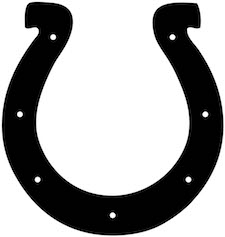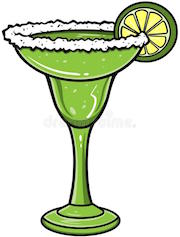For some reason I seem to have been doing a lot with books lately. Claire spends a fair amount of time trying to keep the St. Agnes library in some semblance of order and a few days ago I helped her move some books around in support of that effort. That inspired me to re-arrange the books in my office and I noticed that I seem to have quite a number of mystery books, or what I used to call “detective books” when I was growing up.
I remember that in one of my literature classes, the instructor was particularly fond of Edgar Allan Poe, and he said that Poe had actually “invented” the detective story. I’m not sure that’s totally accurate, but it appears that Poe’s “The Murders in the Rue Morgue” is considered by many to be the first detective story.
Of course The Murders in the Rue Morgue was required reading when I was in school, and the story is about the extraordinary “analytical power” used by Monsieur C. Auguste Dupin to solve a series of murders in Paris. Dupin is a reclusive character that is contacted by the police when they are not able to solve a crime. He has keen powers of observation and points out to his roommate, who narrates the story, that “the necessary knowledge is of what to observe.” There are clues throughout the story that offer the reader a chance to solve the mystery. Three of Poe’s stories featured C. Auguste Dupin and that led to another feature of future detective stories — the recurring character.
Almost forty-five years after Poe’s death, the detective story was popularized by Sir Arthur Conan Doyle when he created Sherlock Holmes.
And if you bother to check, you’ll see that Sherlock Holmes peculiarities are very similar to those of Monsieur C. Auguste Dupin.
— 30 —








